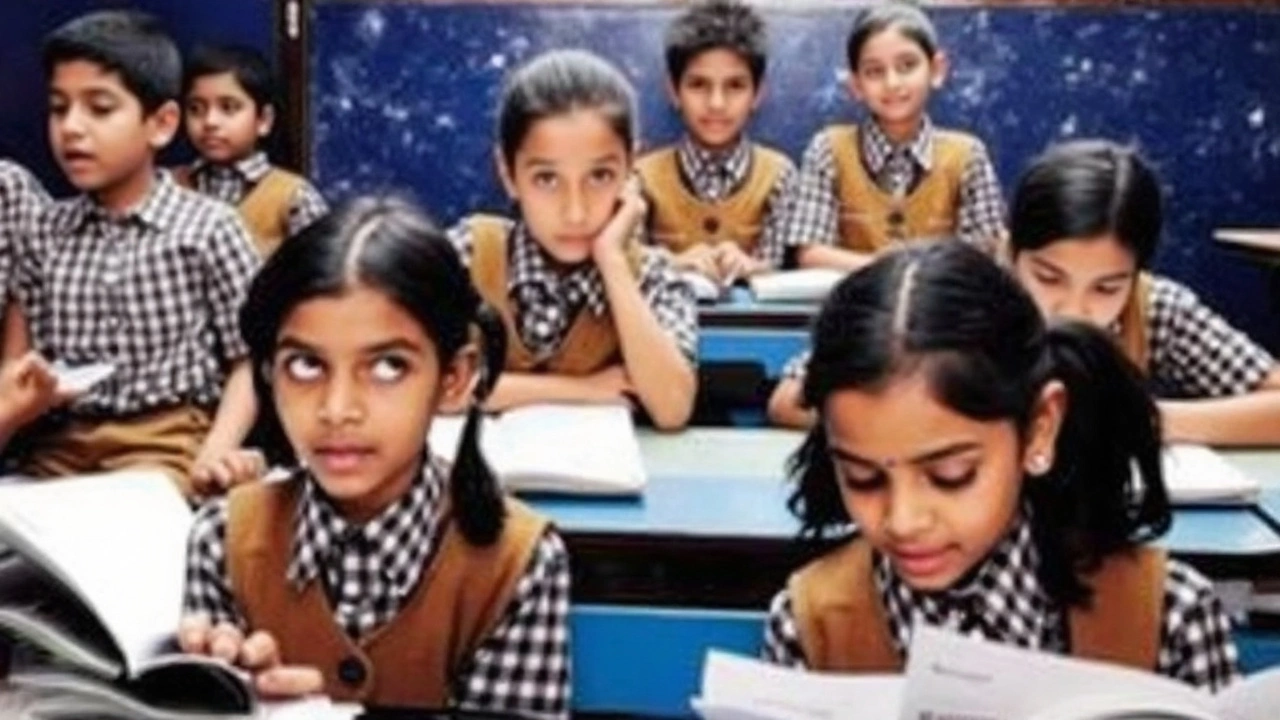Civil Defense: Latest News and Safety Updates
Whenever rain turns into floods or a storm hits hard, the first thing people think about is safety. That’s why keeping an eye on civil defense news matters. From Delhi’s waterlogging to Punjab’s worst floods in decades, each story shows how quickly things can change and what steps officials take to protect lives.
In the past week, the India Meteorological Department (IMD) issued a red alert that stretched from Punjab all the way to Delhi‑NCR. Heavy rain broke dams, flooded low‑lying colonies, and forced evacuations near the Haryana‑Delhi border. The Yamuna rose to 207.44 m, just shy of its historic peak. Flights were delayed, roads were closed, and even cremations at Nigambodh Ghat were paused. The alerts moved to yellow after the worst passed, but water remained a problem for several days.
Recent Flood and Weather Alerts
Punjab’s floods are the worst the state has seen since 1988. A drain breach on the Haryana‑Delhi border turned neighborhoods into temporary lakes. In Uttarakhand, a cloudburst hit Chamoli’s Tharali, prompting IMD to warn of landslides and flash floods for the next 24 hours. Similarly, Jharkhand’s Ranchi faced an orange alert with thunderstorms and heavy rain that started on August 20. These alerts all share a common thread: they trigger quick action from civil defense teams, NDRF, SDRF, and local volunteers.
Every alert also brings a response plan. Rescue boats, community kitchens, and medical camps are set up within hours. In Bihar, more than 2.5 million people felt the impact of river surges. The state government sent 1,200 boats, opened community kitchens, and deployed NDRF teams to rescue stranded families. The focus is always on getting people to safe zones and providing food, water, and medical help.
How to Stay Ready for Emergencies
Knowing what to do before a disaster can save lives. Keep a small emergency kit at home – water, snacks, a flashlight, basic medicines, and copies of important documents. Charge your mobile phone and keep a power bank handy. When an alert is issued, follow local instructions: avoid low‑lying roads, don’t try to cross flooded areas, and move to higher ground if advised.
Stay connected to reliable sources. The IMD website, local news channels, and official social media handles provide real‑time updates. If you own a boat or can drive a vehicle, volunteer with civil defense or local NGOs; they often need extra hands during rescues. Even simple acts like helping a neighbor check their roof or sharing a charger can make a big difference.
Legal news also plays a role in civil defense. Recent court rulings on the Unlawful Activities Prevention Act (UAPA) highlight how the justice system deals with protests that turn violent. While not directly about flood response, these decisions affect how authorities manage large gatherings, which can become safety risks during emergencies.
In short, civil defense is a mix of weather alerts, rapid rescue actions, and community preparedness. By keeping an eye on the latest updates, having a basic emergency kit, and listening to official advice, you can stay safe when nature gets aggressive. Stay informed, stay ready, and help your community stay protected.

Schools across India will stay open for the May 7 civil defense mock drill, with students participating in emergency training rather than facing closure. The exercise features simulated alerts and blackouts, aiming to boost preparedness in districts like Delhi, Punjab, Rajasthan, and Jammu-Kashmir.
